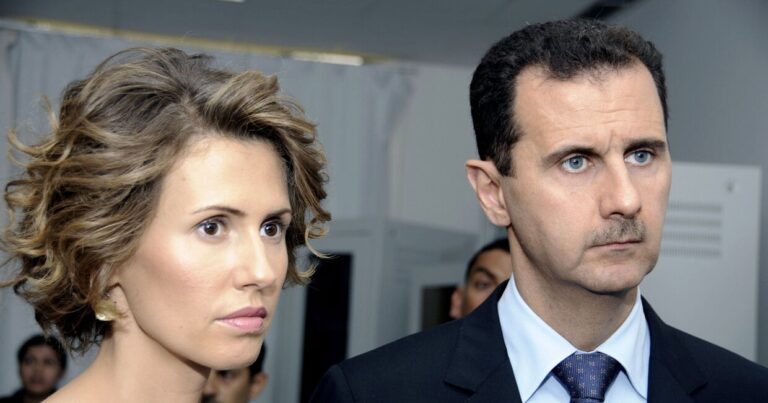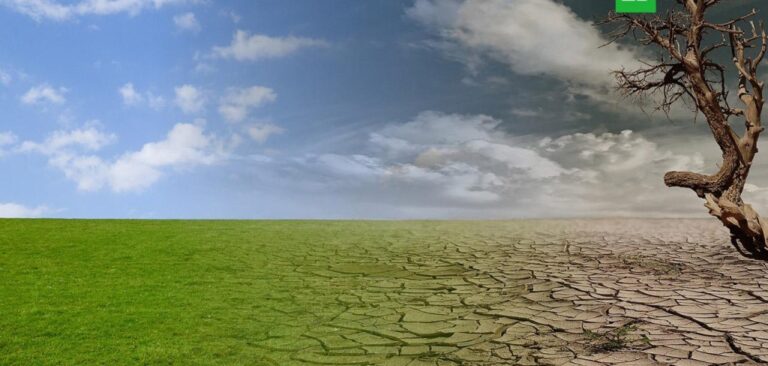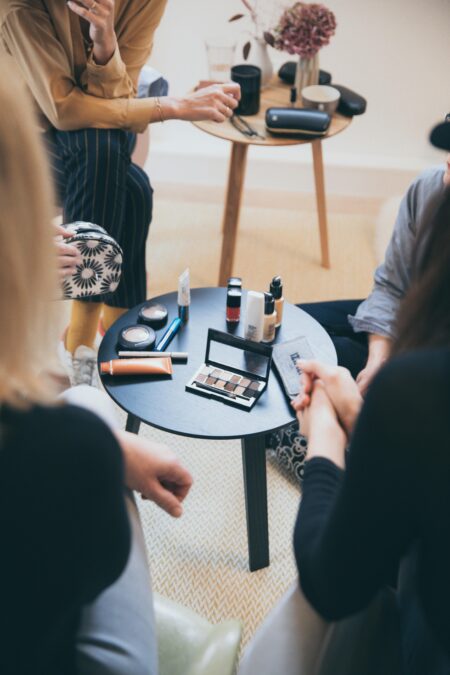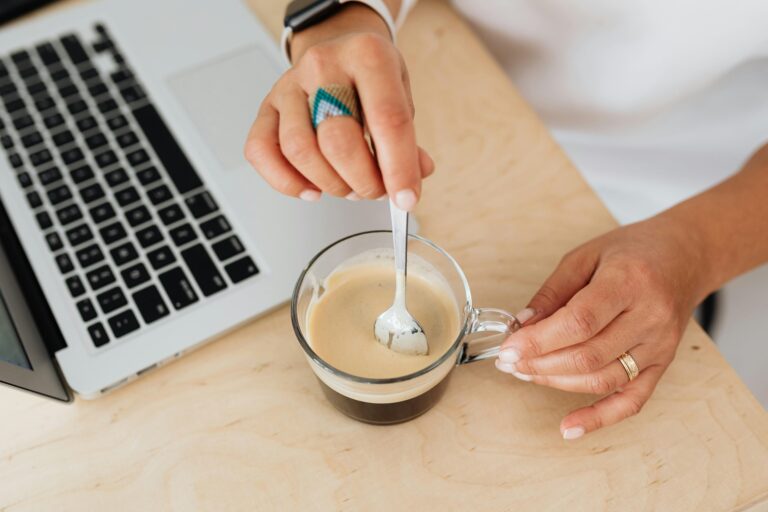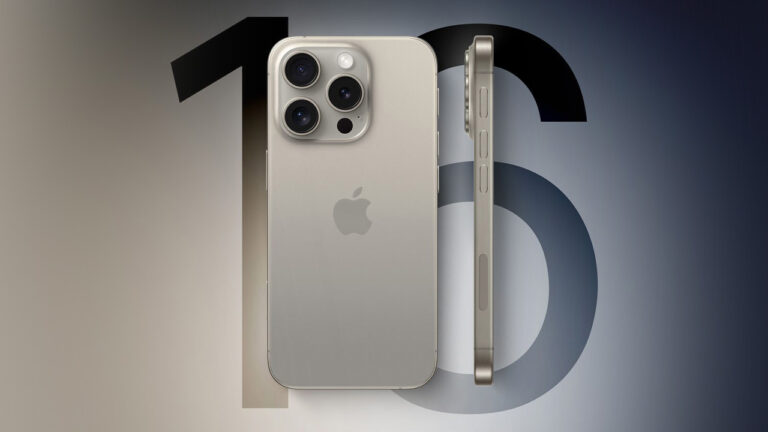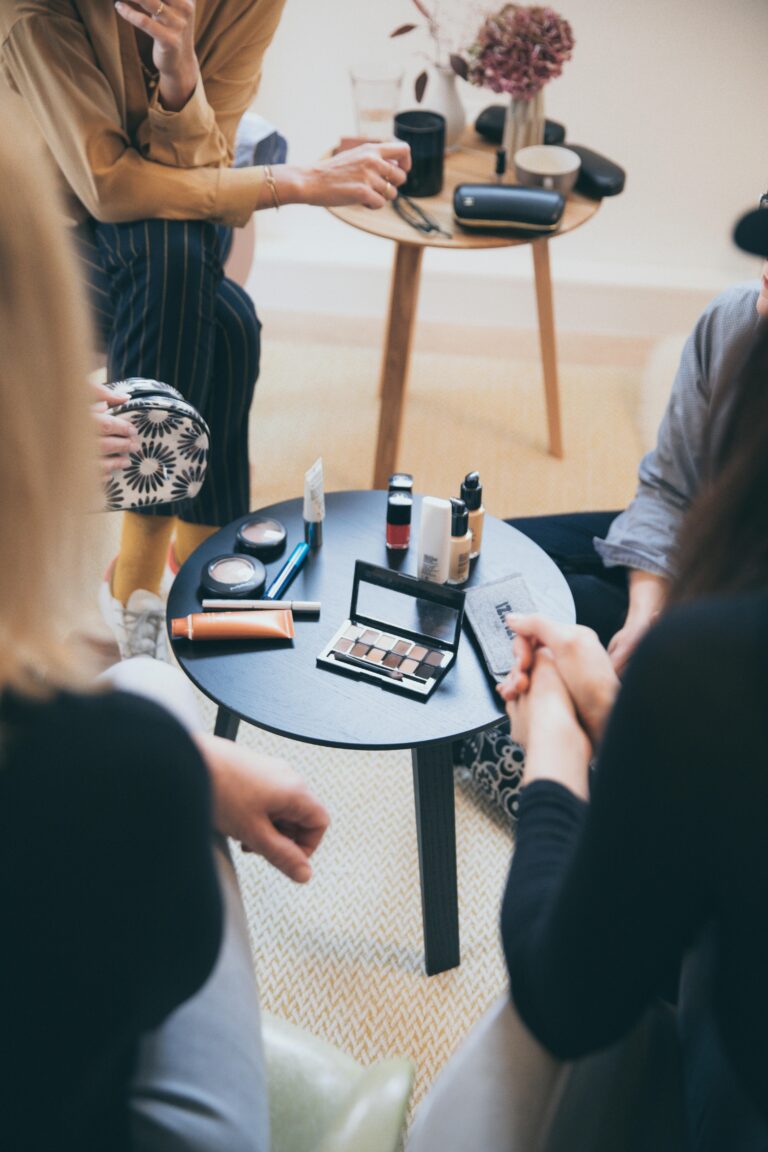Introduction
So, you’re just getting started with makeup? That’s amazing! Diving into the world of makeup can feel overwhelming, but don’t worry—everyone starts as a beginner. Whether you’re prepping for your first date, getting ready for a night out, or just experimenting with new looks, this guide will help you every step of the way.
1.Importance of Skin Preparation
Before you even think about makeup, you need to focus on skin preparation. Imagine painting on a canvas that isn’t prepped—the result wouldn’t be as smooth or flawless, right? The same goes for makeup. Starting with a clean, well-moisturized face is key.
Cleanse, Tone, and Moisturize
First things first, make sure you’re cleansing your skin properly. Use a gentle cleanser to wash away dirt and oils. Follow it up with a toner to balance your skin’s pH, and then apply a lightweight moisturizer to keep your skin hydrated. Hydration is your makeup’s best friend!
2. Choosing the Right Foundation
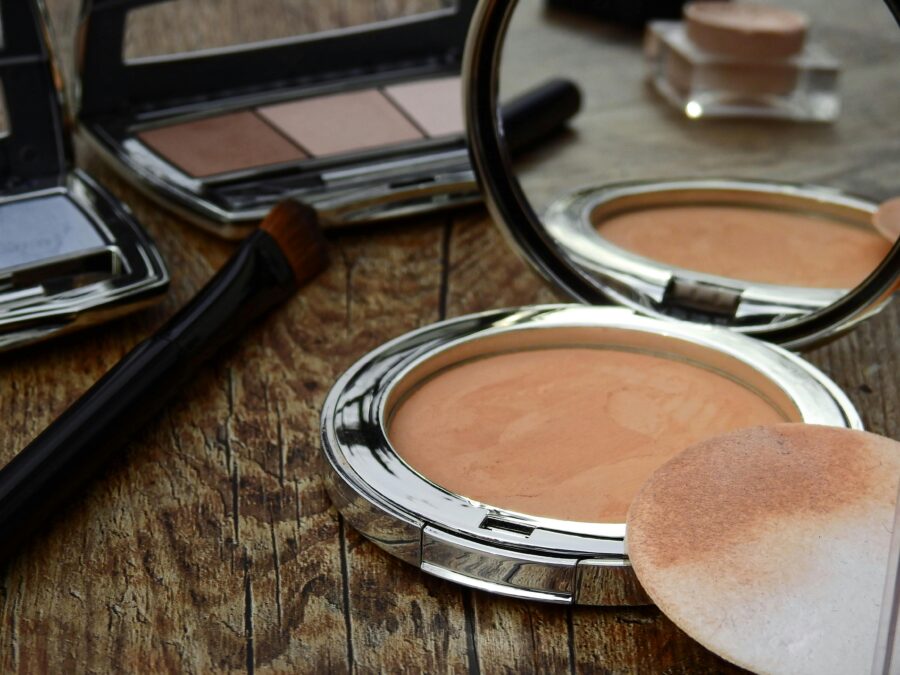
Foundation is, quite literally, the foundation of your makeup look. But with so many options out there, it can be tricky to know which one is right for you.
Finding Your Skin Type
Before picking a foundation, you need to know your skin type. Are you oily, dry, or somewhere in between? For oily skin, a matte foundation works best. For dry skin, opt for a hydrating formula. If you’re in the middle, go for something that’s labeled as ‘natural finish.’
Picking the Right Shade
We’ve all seen someone wearing foundation that’s too light or too dark. To avoid this, test foundation on your jawline—not your hand! Natural light is your best bet for seeing if it matches your skin tone.
3. How to Apply Foundation
Once you’ve picked the right foundation, it’s time to apply it.
Tools for Application
Beginners often ask, “Should I use a brush, sponge, or my hands?” For a natural look, a damp beauty sponge is a great option as it helps blend foundation seamlessly. Brushes can give you more coverage, but they can also leave streaks if you’re not careful.
Blending Tips
Start by dabbing foundation in small amounts on your face—think of it as connecting the dots! Then, blend outward in gentle, circular motions. Always remember to blend down your neck to avoid that dreaded line of demarcation.
4. Concealer Basics
Concealer can be a lifesaver, especially for hiding dark circles, blemishes, or redness.
Choosing the Right Concealer
Pick a concealer that’s one to two shades lighter than your foundation for brightening under the eyes. For covering blemishes, match it to your foundation shade.
Application Tips
Apply concealer in a triangular shape under your eyes, and use your ring finger or a small sponge to gently blend it out. For blemishes, simply dab a small amount on the spot and blend the edges.
5. Eye Makeup Essentials
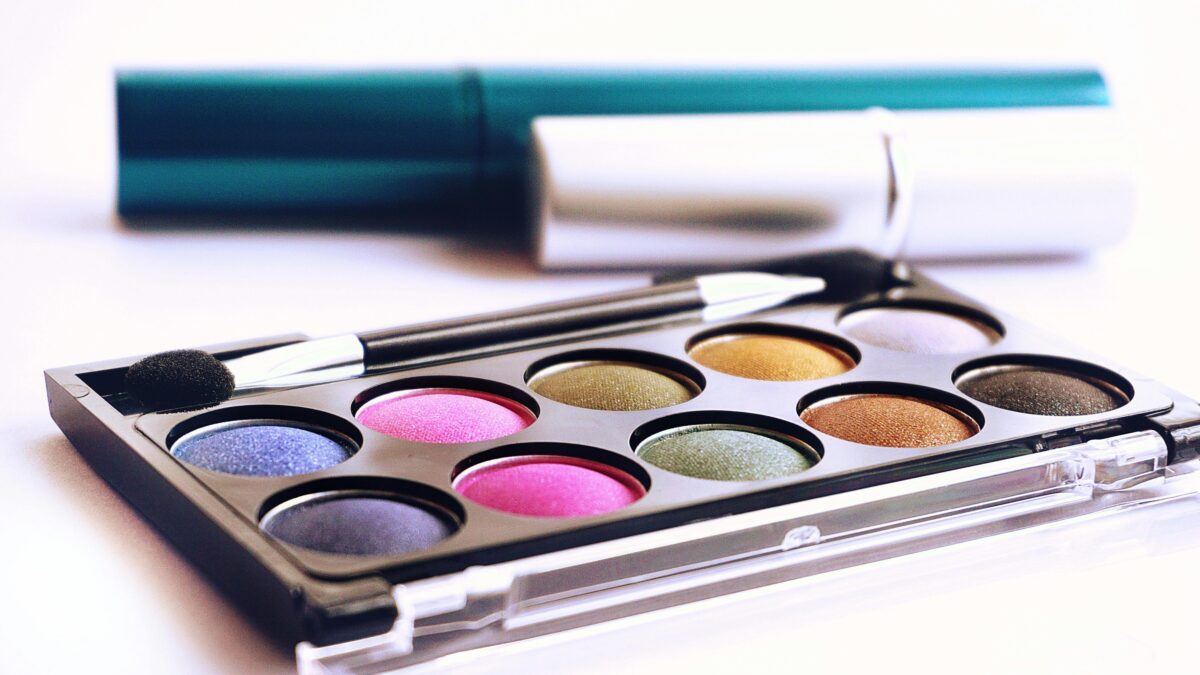
Eyes can make or break your look. You don’t need to get fancy right away—stick to the basics at first.
Simple Eyeshadow Looks
Neutral eyeshadow shades like browns, taupes, and creams are great for beginners. Start with a light shade all over the lid and a slightly darker shade in the crease for some depth. Blend, blend, blend!
Eyeliner Basics
A simple black or brown eyeliner can define your eyes without looking too harsh. For beginners, a pencil liner is easier to control than liquid liners. Line your upper lash line for a subtle, eye-opening effect.
6. Perfecting Your Brows
Brows frame your face, so they’re important! If you’re new to doing your brows, less is more.
Filling in Brows
Use a brow pencil or powder that matches your hair color. Lightly fill in sparse areas with small, hair-like strokes. Avoid drawing a solid line—it’ll look unnatural.
Tools and Products
A spoolie (a brush that looks like a mascara wand) is your best friend for blending out any harsh lines in your brows, leaving them looking natural.
7. Blush, Bronzer, and Highlighter
Now for the fun stuff—adding dimension to your face!
How to Apply Each for Beginners
Blush adds a healthy flush to your cheeks, bronzer gives warmth and definition, and highlighter adds a subtle glow. For blush, smile and apply it to the apples of your cheeks. Bronzer goes in the hollows of your cheeks, along your jawline, and on the sides of your nose. A little highlighter goes on your cheekbones, down the bridge of your nose, and above your cupid’s bow.
8. Lip Makeup for Beginners
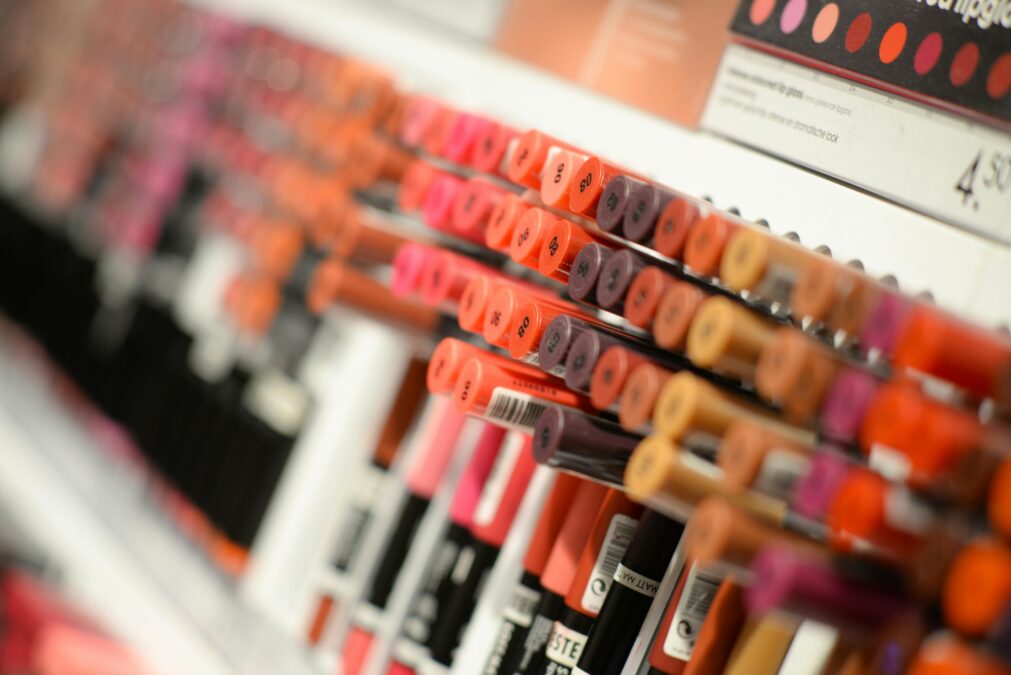
Lipstick can pull your entire look together. But where to start?
Choosing Lip Colors
For beginners, neutral or pink tones are easiest to work with. As you get more comfortable, you can venture into bold reds or dark berries.
Application Tips
For a smooth finish, exfoliate your lips beforehand, then apply a lip balm. Outline your lips with a lip liner, then fill in with lipstick. Blot with tissue to make it last longer.
9. Setting Your Makeup
Ever wondered why your makeup doesn’t last all day? The secret is setting it properly.
Importance of Setting Sprays and Powders
A translucent setting powder will lock your makeup in place and prevent shine. If you prefer a dewy look, a setting spray will give you that fresh, just-applied glow. Either way, setting your makeup is a must!
10. Makeup Tools
Having the right tools is half the battle when it comes to makeup.
Brushes vs. Sponges
Brushes are great for applying powders and bronzers, while sponges are perfect for blending creams and liquids. Don’t forget to clean your tools regularly—dirty brushes can lead to breakouts!
Essential Tools for Beginners
As a beginner, you don’t need a million brushes. Start with a foundation brush, a blending sponge, an eyeshadow brush, and a blush brush.
11. Common Beginner Mistakes
It’s easy to fall into some traps when you’re just starting out.
Over-Application
A little goes a long way, especially with products like foundation and bronzer. Build up your product slowly to avoid looking cakey.
Choosing Wrong Shades
As we mentioned earlier, using the wrong foundation shade can throw off your entire look. Always test before buying.
12. Quick Makeup Routine for Busy Days
We all have those mornings where time is not on our side. Luckily, a quick routine can still make you look put together.
Simplified Steps
On a busy day, stick to concealer, mascara, blush, and a tinted lip balm. You’ll be out the door in no time!
13. Removing Makeup Properly
At the end of the day, removing your makeup is just as important as applying it.
Importance of Cleansing
Leaving makeup on overnight can lead to clogged pores and breakouts. Use a gentle makeup remover, followed by a cleanser to keep your skin healthy.
Makeup Removers
Micellar water or cleansing oils are great for removing even waterproof makeup without stripping your skin.
Conclusion
Getting started with makeup is all about practice and patience. Don’t feel pressured to master everything at once. Experiment, have fun, and remember—it’s just makeup. You can always wash it off and start again!

